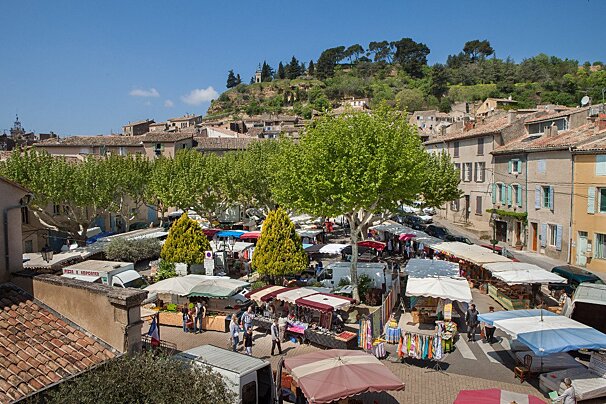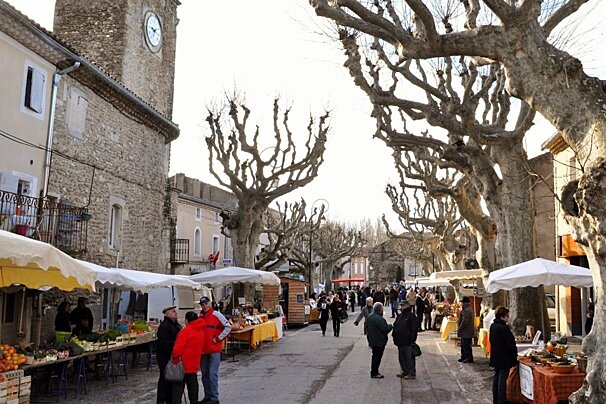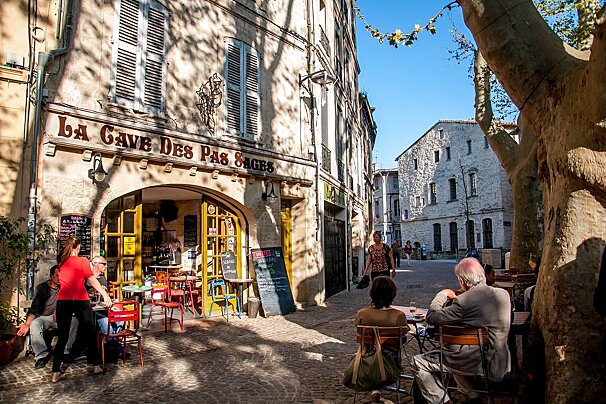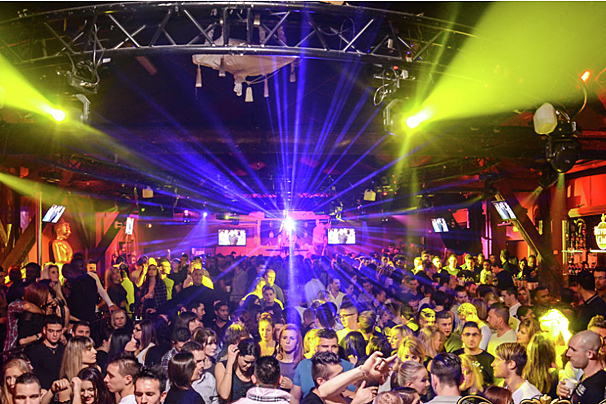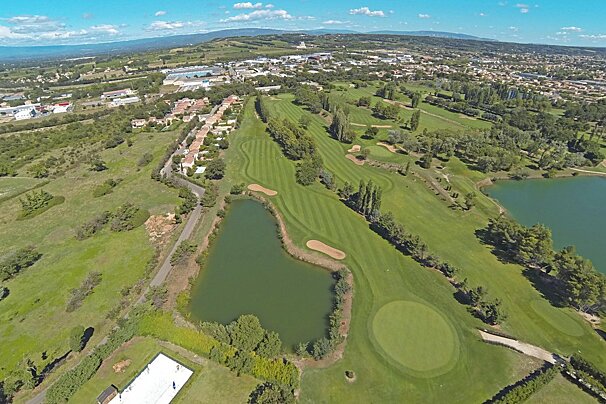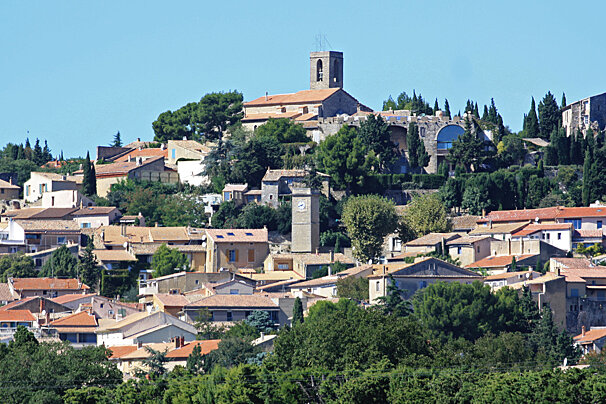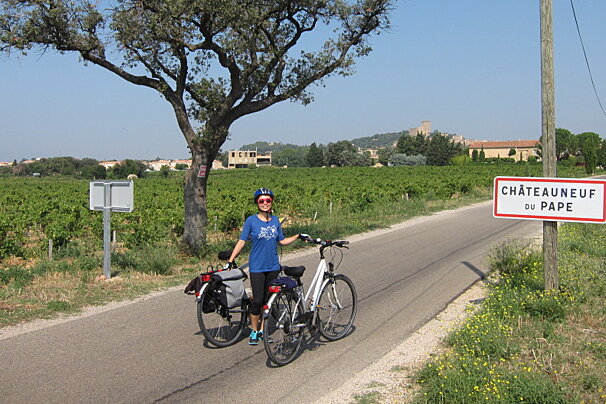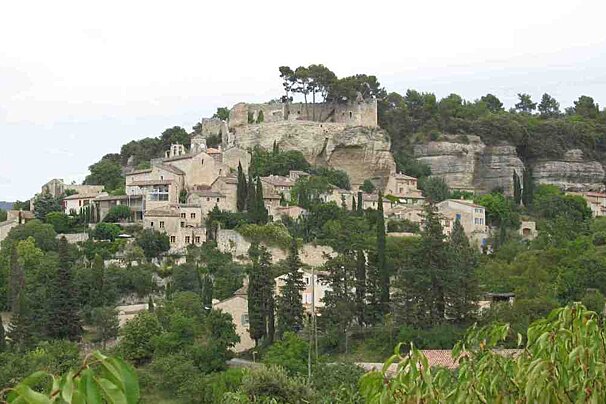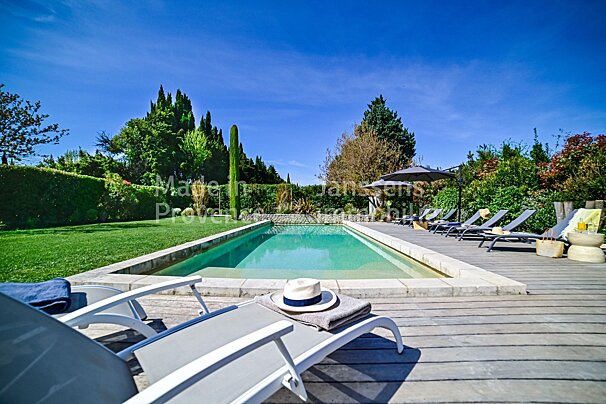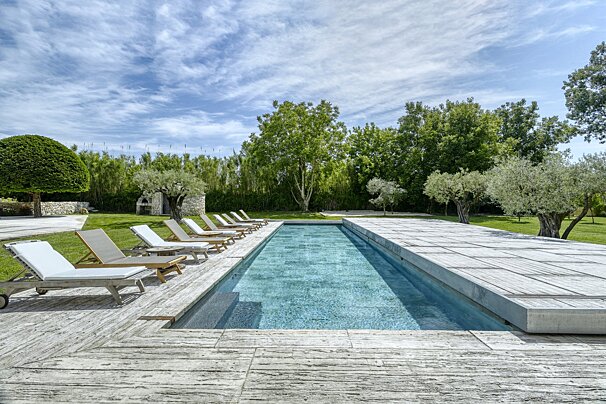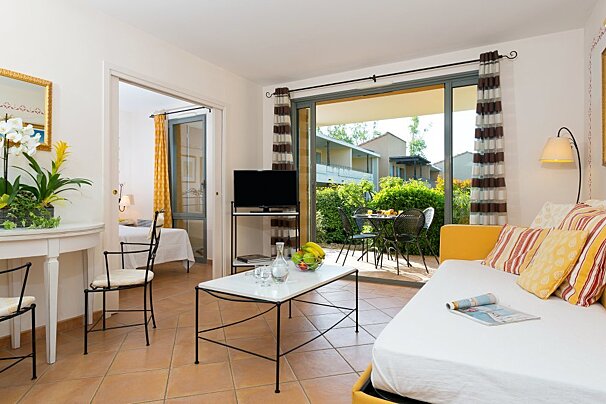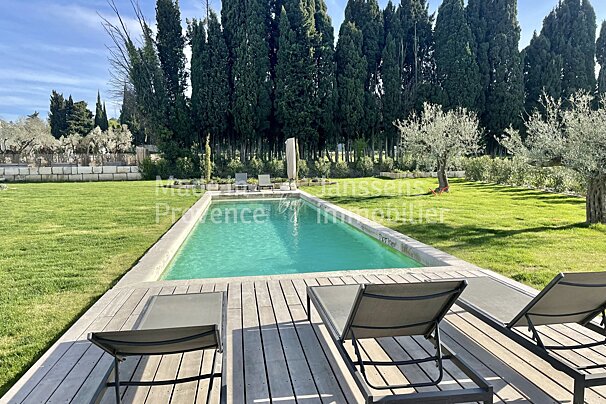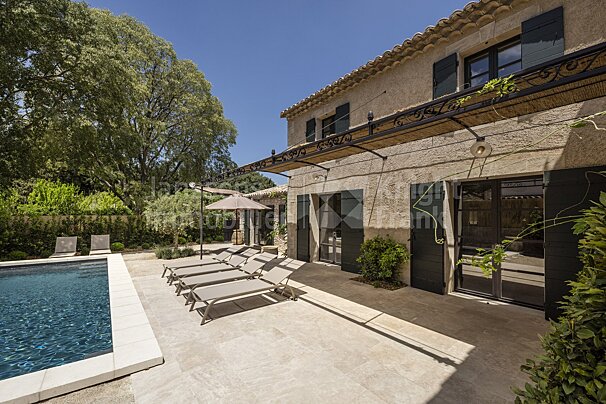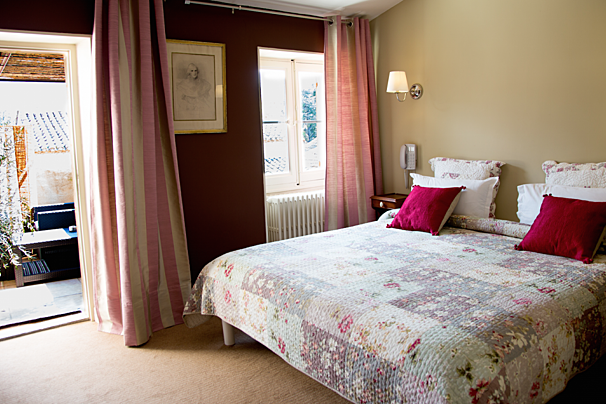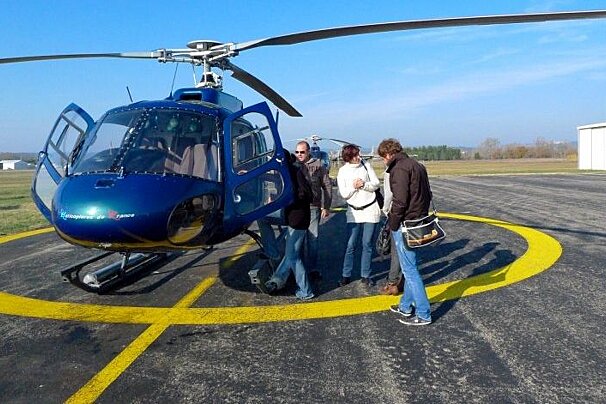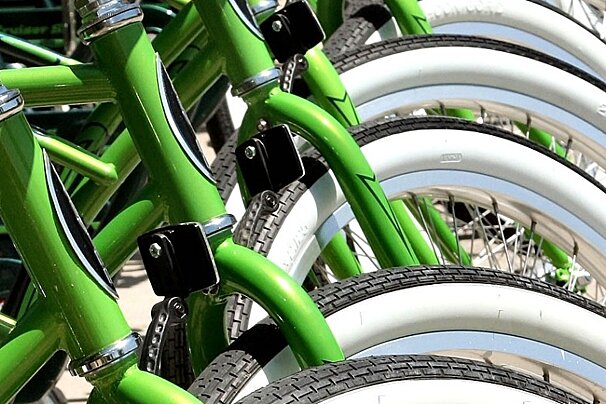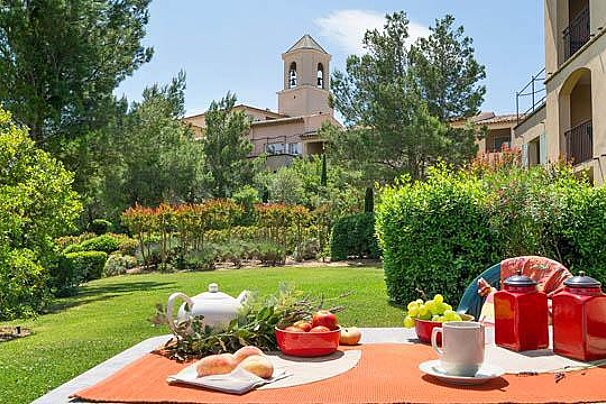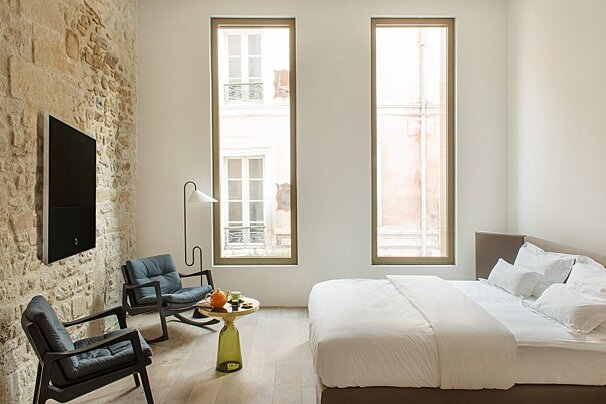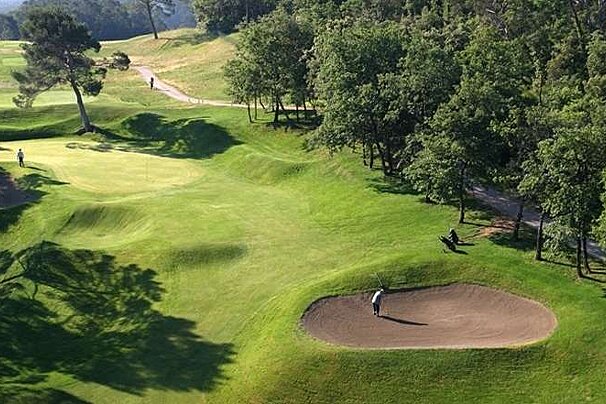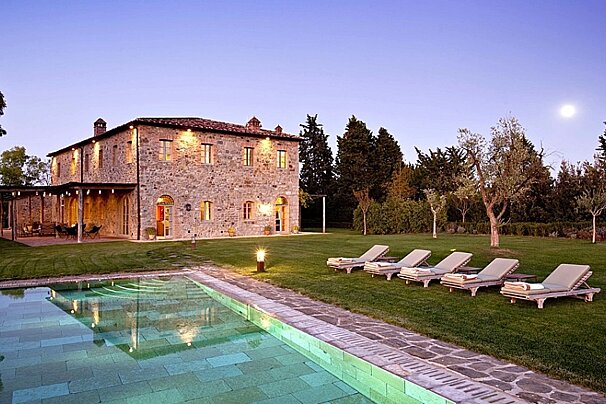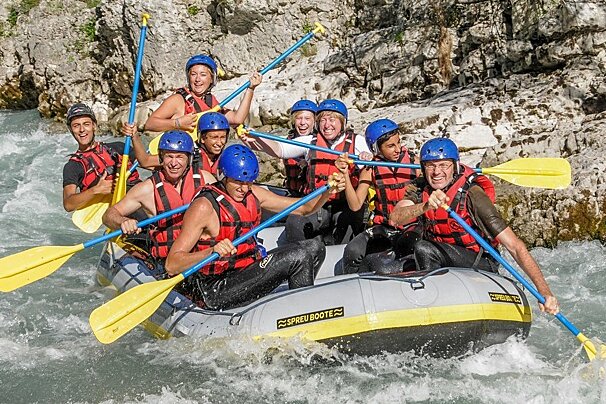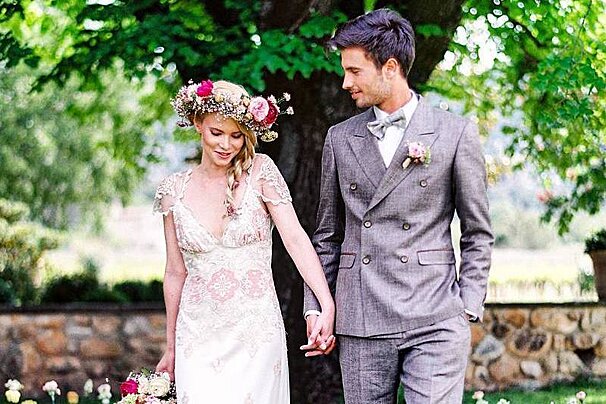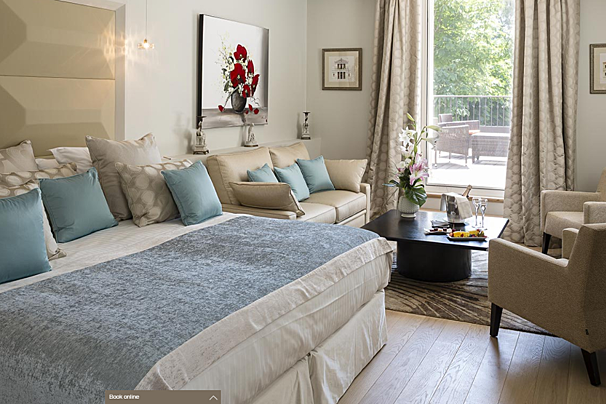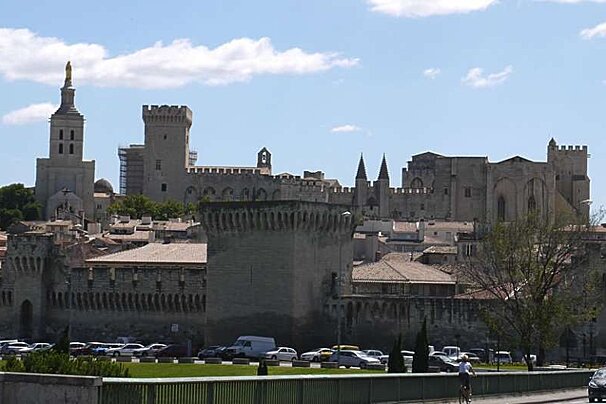Today, when you visit the Palais des Papes, you need a bit of imagination to see the opulence. You see it in the frescoes, left untouched, in a splendid vestiary, or in the tiled floor in the Pope's chamber.
During your visit to the palace, you'll be struck by its labyrinth of narrow corridors, opening to vast halls, connected to small annex-chambers, leading to secret stairways. Everywhere there's this sense of secrecy, of confusion, of hiding and protecting. Numerous are the secret caves and nooks, under granite slabs, hiding places for gold and coins. And judging from the repeated attacks on the papal house, and the ransoms paid from the papal coffers, the precautions were justified.
There's much more to the city than the papal palace and the festival of artists. True, in Roman times, Avignon (or "Avenio" = town of the strong wind - indeed the mistral here can be most forceful) was insignificant by comparison to Arles or Marseille. You'll find few Roman ruins in the city. Its rich history stems from the papal legacy and its spoils, such as the Petit Palais, a former palace for cardinals, now a delightful museum of medieval art, or the Cathedral of Notre-Dame-de-Doms.
And last, but not least, there's the bridge, commonly known as Pont d'Avignon. Its official name is Pont St-Bénézet, named after a 12th-C shepherd who had received a command from heaven to build this essential bridge over the Rhône. Everyone thought he was crazy, but with help from other believers, he finished the work. Alas, the skeptics were right. The violent currents in the Rhône, compounded with the mistral, refused to ignore an obstacle such as a bridge. Again and again the, first wooden, structure crumbled. Later the granite enforcements fared no better. Finally, in the 17th C, the people gave up.
Now the bridge stands alone, cut off half way, serving no purpose but as an attraction and a reminder of the song: 'Sur le pont d'Avignon, l'on y danse'.
Just over the Rhone River is Villeneuve des Avignon which is a beautiful old medieval town that was the residence of cardinals in the 14th century. The town was originally called Villenvue Saint Andre by King Philip the Fair and during the papacy, popes and cardinals built many convents and churches here. It later became known Villenvue des Avignon.
If you want to see all the main sights it may be worth getting the Avignon Passion, a free pass that you can pick up from the tourist office (on Cours Jean Jaures/Rue de la Republique). It gives you 10% off all monuments, museums and tourist transport and is eligible for a family of up to 5 people. There are also plenty of different city tours giving you the full Avignon experience, head to the tourist office for more information on these.
Most of the main sights are located within the area bounded by the old city walls. The impressive Papal structures are to the north of the city and afford wonderful views over the River Rhone. Wander along any alley in the ancient medieval quarter, peering through wrought-iron gates and heavy wooden doors, and you will find magnificent patios with their stone staircases, galleries and arcades.
